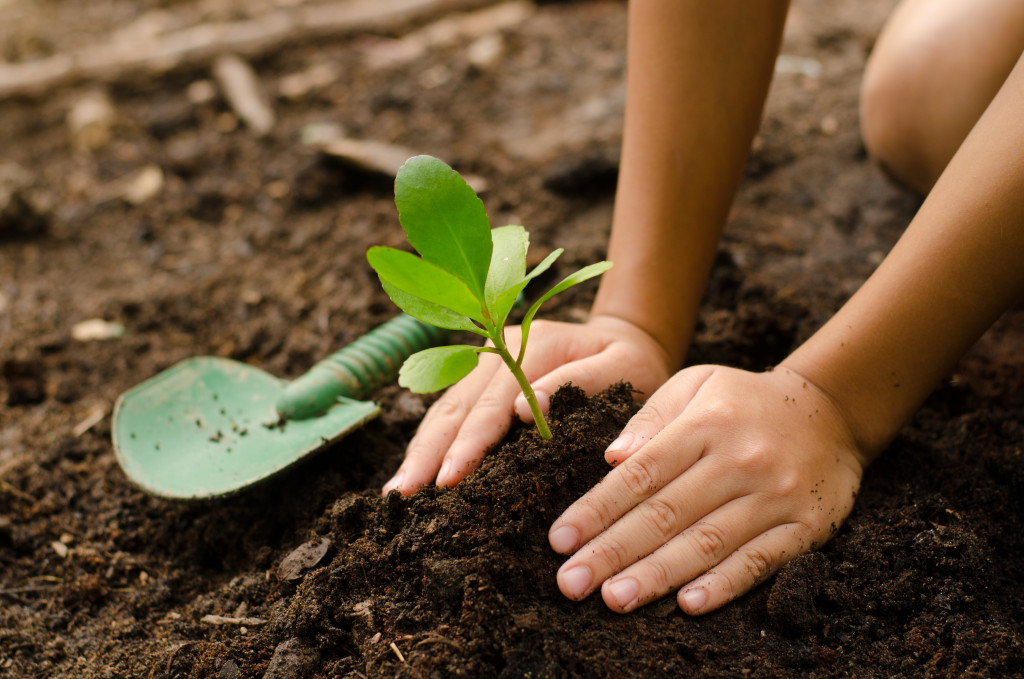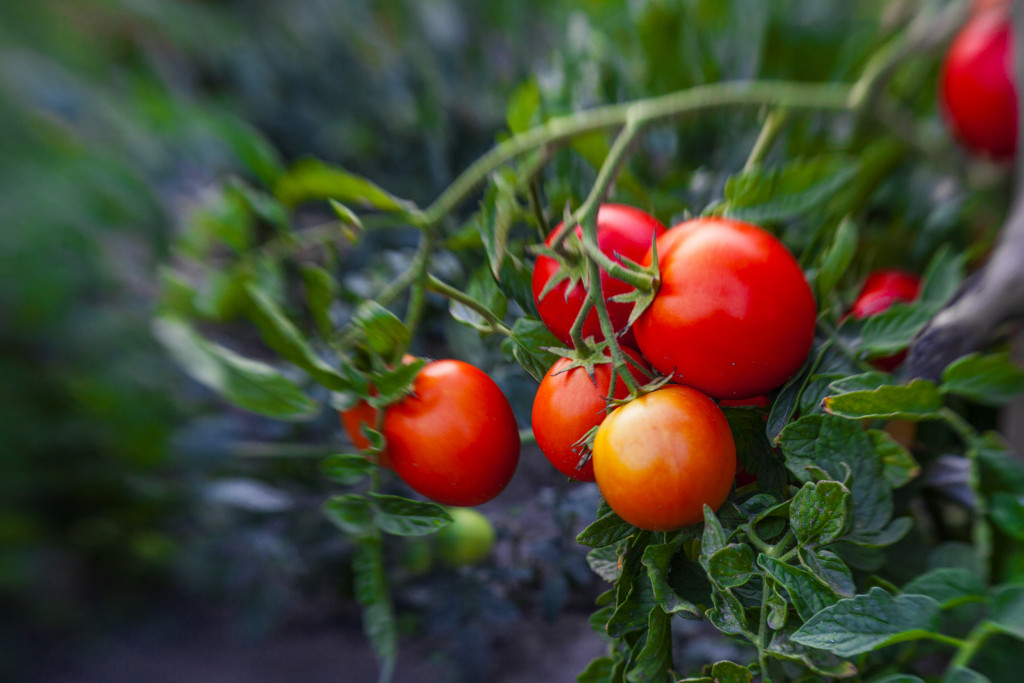- Consider location when planning the garden, and ensure it gets direct sunlight for most of the day.
- Invest in a water system such as a sprinkler, water tank, or level transmitter.
- Test soil quality and add amendments like compost or fertilizer.
- Select plants that will thrive in similar conditions to your garden (e.g., tomatoes, marigolds, mint, lettuce).
- Regularly fertilize, weed, and delicate plants for optimal growth.
If you’re a fan of gardening and being outdoors, why not bring that experience to your own backyard? Gardening is known to be a great way to relax and unwind while also being productive. For most adults, it’s an activity that reduces the risk of depression and anxiety, which is why it’s so popular, especially among seniors.
But before you dive into this potentially rewarding experience, there are a few things to consider. You can build your own garden with some planning, patience, and hard work. Here are some of the critical factors to consider when planning your garden:
Location
The location of your garden is critical for its success. You want to choose an area with direct sunlight for most of the day (at least 6-8 hours). If your yard doesn’t have a great spot for sun exposure, consider planting in containers or raised beds that can be moved around to get the best light possible. Additionally, ensure the location has good drainage so water won’t pool up and drown plants. Also, remember that any trees nearby will create too much shade – some plants may not thrive if they don’t get enough sunlight!
Water System
A great water system in place can make the job of gardening much easier. You’ll need to assess your garden location and determine which type of water system will work best. If you have a large area, an in-ground sprinkler may be necessary. Investing in a water tank where you can store rainwater would also be ideal. And if you want to have a handle on your watering, invest in a level transmitter for tanks that can alert you when the tank needs filling or emptying. This will save you time and money in the long run as you no longer have to check the water levels manually.
Soil Quality Matters

The soil quality plays a vital role in your garden’s success. You want to test it first before planting anything and add amendments such as compost or fertilizer as needed. This will help ensure that it has all the necessary nutrients for your plants to grow healthily. You should also check for weeds or pests that could threaten the integrity of your garden – like aphids or slugs – which should be removed as soon as possible.
Choose the Right Plants
When selecting what plants to put into your garden, consider factors such as climate, light exposure, and water needs for each type of plant. Research varieties that thrive in similar conditions as yours, so you know what to expect when caring for them. You can always consult a local nursery or gardening center if you don’t know what kind of plants to use. But in the meantime, here are some of the best plants for beginners:
Tomatoes

Planting tomatoes isn’t as complex as it may seem. They need lots of sun and water to grow, but they can thrive in a variety of soil types. Tomatoes are very rewarding once you get the hang of caring for them – and they come in a range of shapes, sizes, and colors!
Marigolds
These colorful flowers can add some flare to your garden. They’re easy to care for and don’t require too much attention, making them a great choice for beginners. Marigolds are also known to repel pests and can bring more beneficial insects like pollinators into your garden!
Mint
Mint is not only an incredibly fragrant herb, but it’s also relatively easy to grow. It’s a great starter plant for novice gardeners as it doesn’t require too much care and can thrive in both shady and sunny environments.
Lettuce
Growing lettuce is a great way to enjoy your own home-grown salads! It’s fairly easy to grow and can thrive in both sunny and shady environments. Just remember that it needs plenty of moisture and regular care – like fertilizing, weeding, and thinning – for optimal growth.
Creating a backyard garden can be a rewarding experience, but it takes some time and effort. By considering proper location selection based on sunlight needs, ensuring soil quality, and choosing the right type of plants, you can maximize success when building your own outdoor oasis!